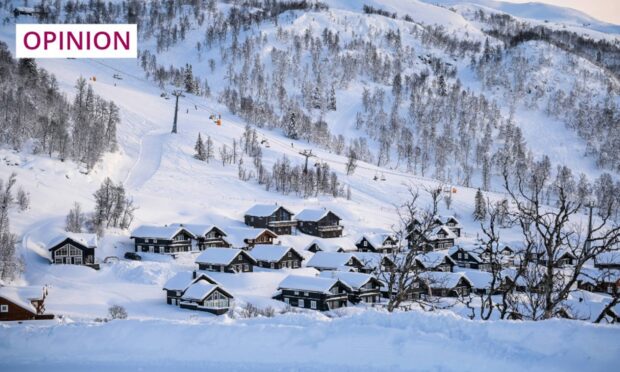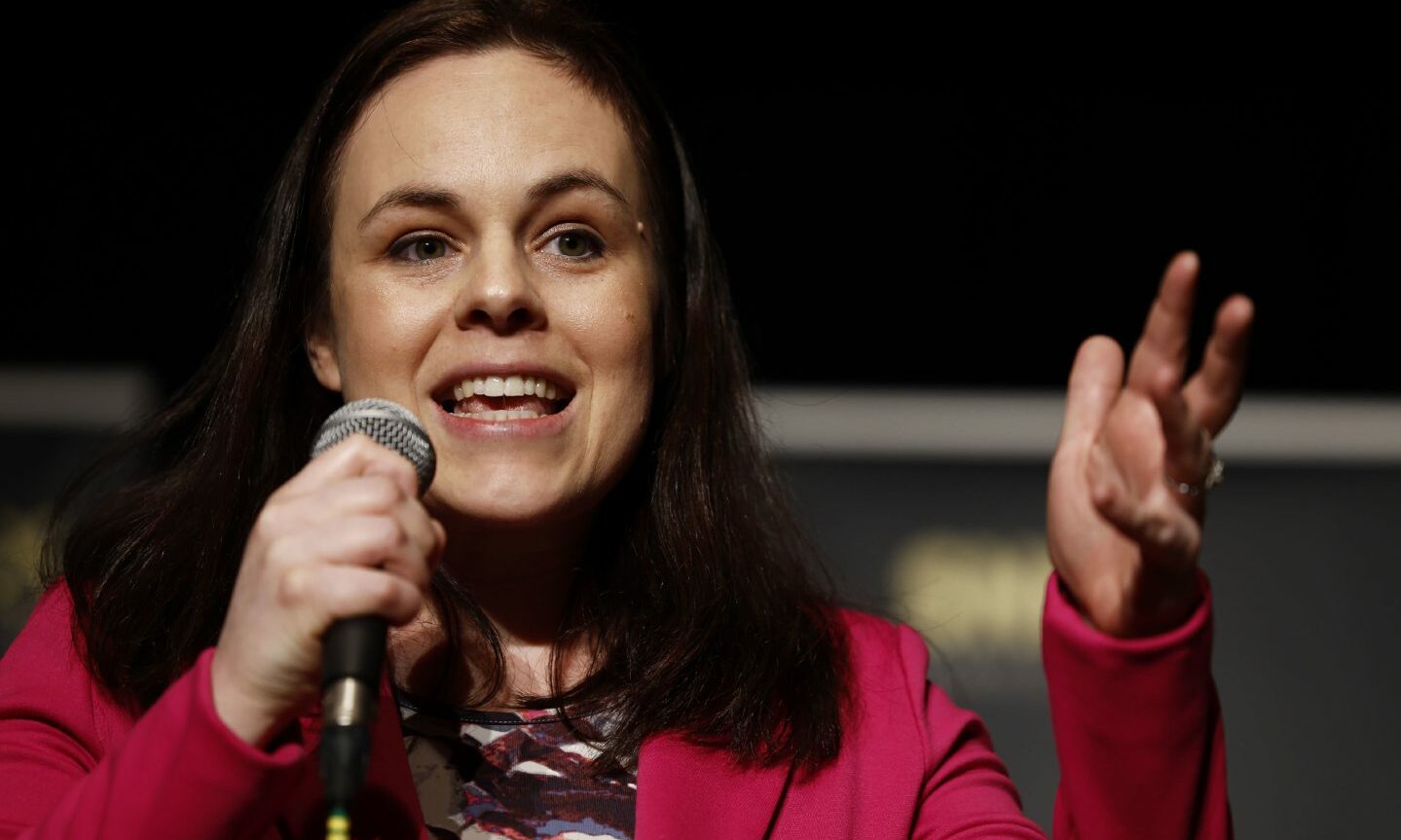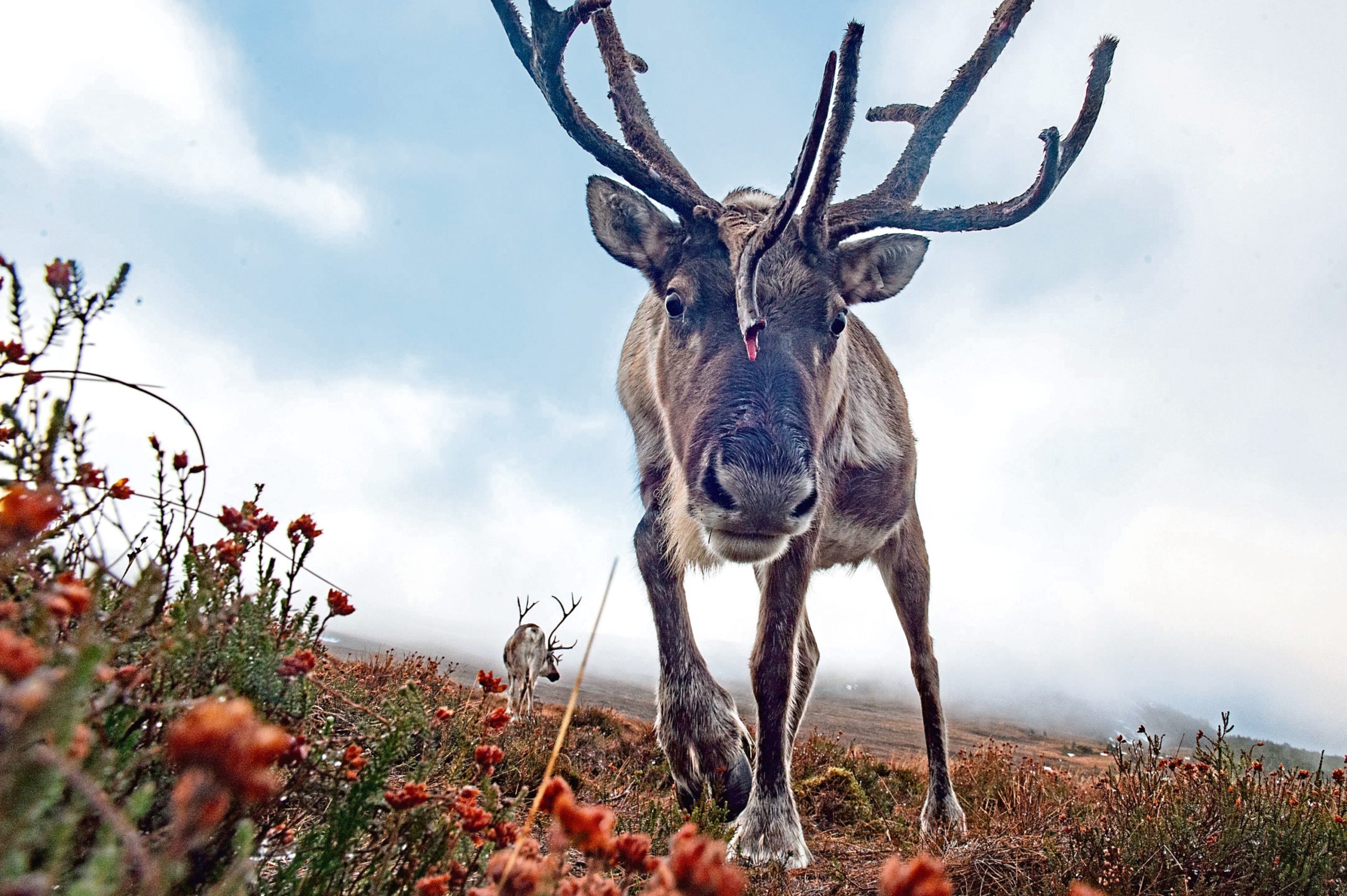Flying into Aberdeen or Glasgow from Norway, I have often noticed the clear distinction between town and country.
One moment, you are over green, rolling agricultural land, then, suddenly, below you are houses, shops and football fields.
The approach to Oslo is different. Yes, we do have great forests and the sea. But Oslo tends to straggle out in all directions. Suddenly, apparently in the middle of nowhere, you see a great estate of luxurious second homes, double garages and wide roads. It is not easy to spot where the countryside ends and the city begins.
I think I have found out the reason behind this difference. Scotland probably has much tighter planning controls than Norway.
In area, Norway is almost five times bigger than Scotland, but the two countries have almost the same population size: around 5.4 million. Yet, Scotland has 32 local authorities with planning powers. Norway has 357.
Many Norwegian local authorities are very small indeed, with fewer than 3,000 folk, and a correspondingly small administration. And, yet, they can make planning decisions which affect not only their own area but whole regions, or even the whole country.
Oslo already has two huge, very popular Ikea stores. But, last year, Ikea applied to build a new shop, just 25 miles south of Oslo. This was in the Vestby local authority, with a population of 18,000 people. The proposed store also happened to be on the best piece of unbuilt agricultural land in the whole region.
The local authority approved the application, since it would provide over 300 jobs and masses of trade for the local authority. After a great deal of to-and-fro, central government stepped in and was able to annul the approval.
The regional and even national implications of a new Ikea store would have been huge on traffic (new roads would need to be built), on city trade (the new branch would draw trade from existing businesses in Oslo itself), and the store would remove a large chunk of very scarce arable land.
A concrete jungle where wild reindeer used to roam
Because local authorities have such wide powers, the Norwegian Government is also getting increasingly concerned about the loss of natural habitat, and interference with native species like elk, bears, wolves, reindeer, lynx and wolverines.
A major threat these days is the building of country cabins or second homes in the mountains or along the sea. Because of Norway’s increasing prosperity, there are now almost half a million cabins or second homes in the country. (Scotland has about 25,000.)
One local authority in central Norway with a population of fewer than 4,000 has allowed almost 5,000 second homes to be built within its boundaries
One local authority in central Norway with a population of fewer than 4,000 folk (and maybe 1,500 houses) has allowed almost 5,000 second homes to be built on the mountains within its boundaries.
This means big, fully serviced housing estates with roads, sewerage and drainage and power. And most of these houses have two or three bedrooms, and at least one garage.
The impact on Norway’s mountain environment is predictable, creating a concrete jungle where herds of wild reindeer used to roam.
It can be difficult for local councillors to say no
Small local authorities cannot afford many architects, planners or engineers to advise the council, and in a small community where everyone knows everyone, it is often difficult for a councillor to say no to a neighbour or friend who has an area he or she wants developing. Corruption in local politics is, thus, not unknown.
Why let an area of useless wetland stand empty when building on it can make money for the local community? Why should a friend not be able to build a cabin on an isolated beach?
Norway believes in local democracy. The current minister for environment says: “Local folk know best”. This is why, unlike in Scotland, planning in Norway is highly decentralised. The Centre Party (formerly the Farmers’ Party), a member of the current government, is a fervent opponent of greater centralisation.
The national broadcasting network NRK has just screened a documentary TV series which shows that the natural environment in Norway is being eroded piece by piece, largely because of the decentralisation of planning. Nobody is there to see “the big picture”. Wetlands are being drained, natural forest felled, and wildlife hounded away from natural habitats.
Having worked for some years as a planner in Scotland, I know how exacting the standards we applied to building in the countryside were. To me, the difference between Scotland and Norway is clear.
Norwegians are largely a rural folk who feel they have the right to live where they like, and preferably close to the countryside. Scots are largely urban folk, with a large farming community who know how to husband the countryside. I have no doubt that Scotland can teach Norway a thing or two about looking after the country.
Originally from Scotland and now living in Norway, Mike Fergus is a retired consulting economist and partner in a Norwegian consulting firm



Conversation